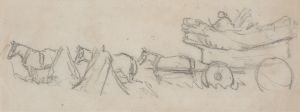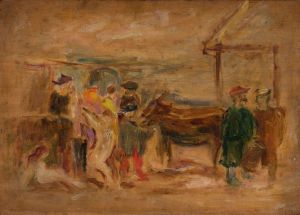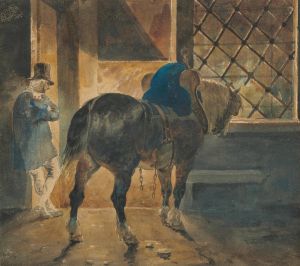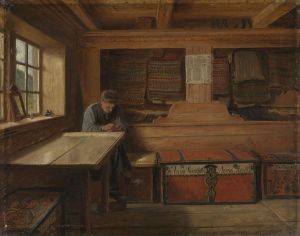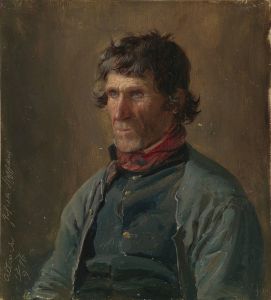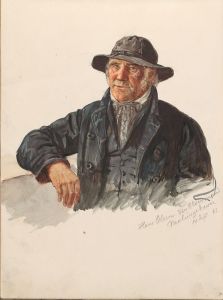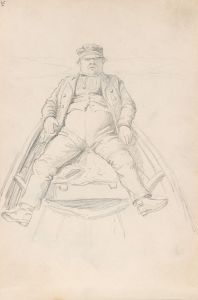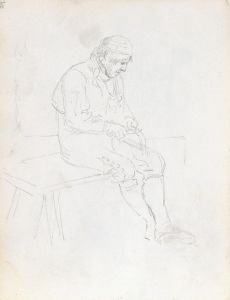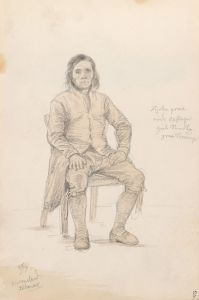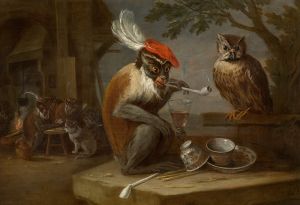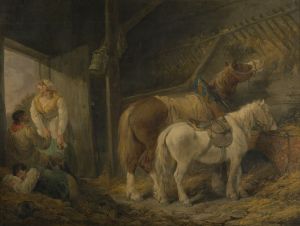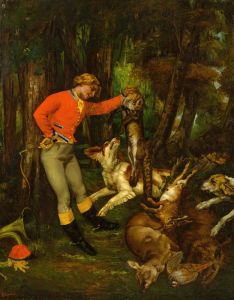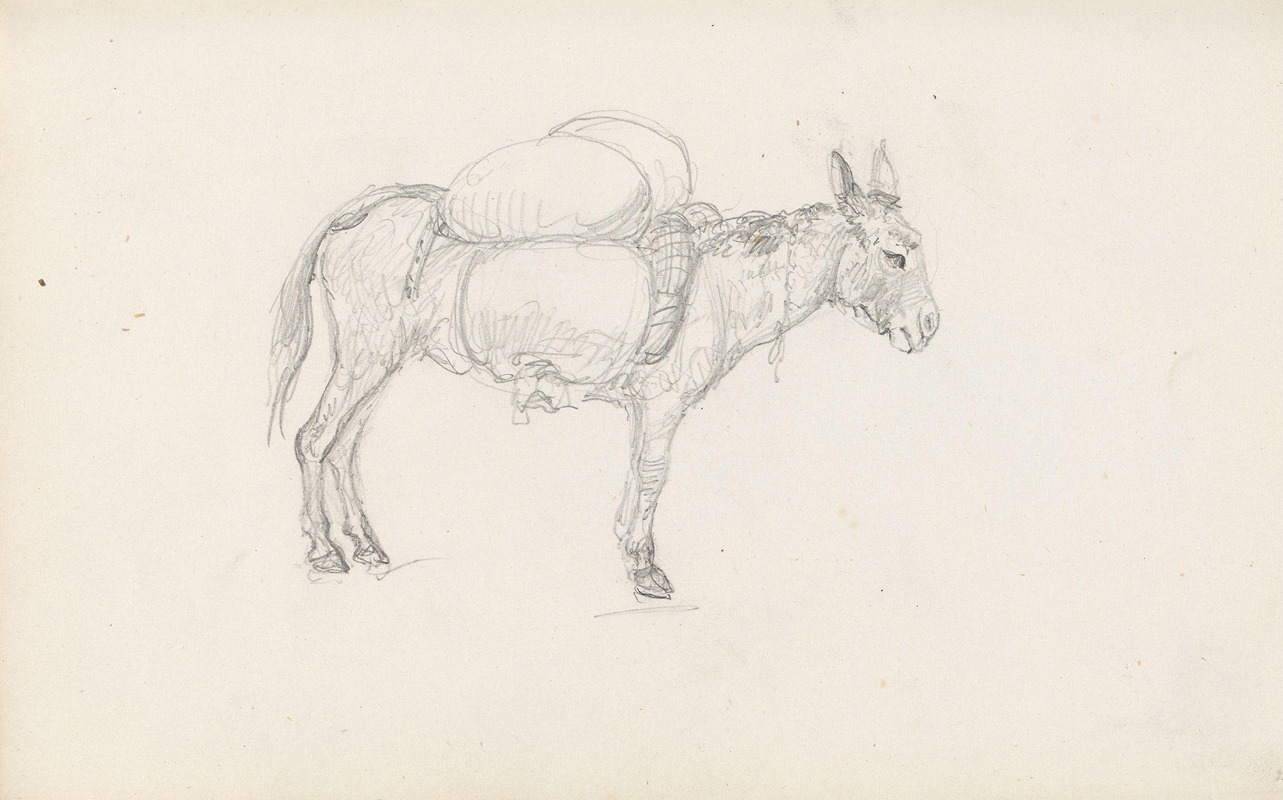
Mules
A hand-painted replica of Adolph Tidemand’s masterpiece Mules, meticulously crafted by professional artists to capture the true essence of the original. Each piece is created with museum-quality canvas and rare mineral pigments, carefully painted by experienced artists with delicate brushstrokes and rich, layered colors to perfectly recreate the texture of the original artwork. Unlike machine-printed reproductions, this hand-painted version brings the painting to life, infused with the artist’s emotions and skill in every stroke. Whether for personal collection or home decoration, it instantly elevates the artistic atmosphere of any space.
Adolph Tidemand was a prominent Norwegian painter known for his detailed and vivid depictions of Norwegian folk life and traditions. Born on August 14, 1814, in Mandal, Norway, Tidemand became one of the leading figures in Norwegian art during the 19th century. His works often focused on the everyday lives of Norwegian people, capturing the essence of rural life and the cultural heritage of Norway.
"Mules" is one of Tidemand's lesser-known works, and there is limited information available specifically about this painting. However, Tidemand's oeuvre generally reflects his interest in portraying the Norwegian landscape and its inhabitants with authenticity and respect. His paintings often feature scenes from rural Norway, including farmers, traditional costumes, and the natural environment, which were central themes in his work.
Tidemand studied at the Academy of Fine Arts in Copenhagen and later at the Kunstakademie Düsseldorf, where he was influenced by the Düsseldorf school of painting. This movement emphasized detailed, realistic portrayals of subjects, which is evident in Tidemand's meticulous attention to detail and his ability to capture the textures and colors of the Norwegian landscape and its people.
Throughout his career, Tidemand traveled extensively across Norway, gathering inspiration and material for his paintings. His journeys allowed him to observe and document the diverse customs and lifestyles of Norwegian communities, which he then translated into his art. This dedication to authenticity made his works valuable records of Norwegian cultural history.
One of Tidemand's most famous collaborations was with Hans Gude, another prominent Norwegian painter. Together, they created several notable works, including "Bridal Procession on the Hardangerfjord," which combined Tidemand's skill in depicting figures with Gude's talent for landscapes. While "Mules" is not as widely recognized as some of his other works, it likely shares the same attention to detail and cultural insight that characterize Tidemand's paintings.
Tidemand's contribution to Norwegian art was significant, as he helped to establish a national identity through his depictions of Norwegian life. His works were celebrated for their ability to convey the spirit and traditions of Norway, and they continue to be appreciated for their historical and cultural significance.
In summary, while specific details about the painting "Mules" by Adolph Tidemand are scarce, it can be understood within the broader context of Tidemand's artistic focus on Norwegian rural life and traditions. His dedication to capturing the essence of Norway's cultural heritage has left a lasting impact on the art world, making him a key figure in the history of Norwegian painting.





